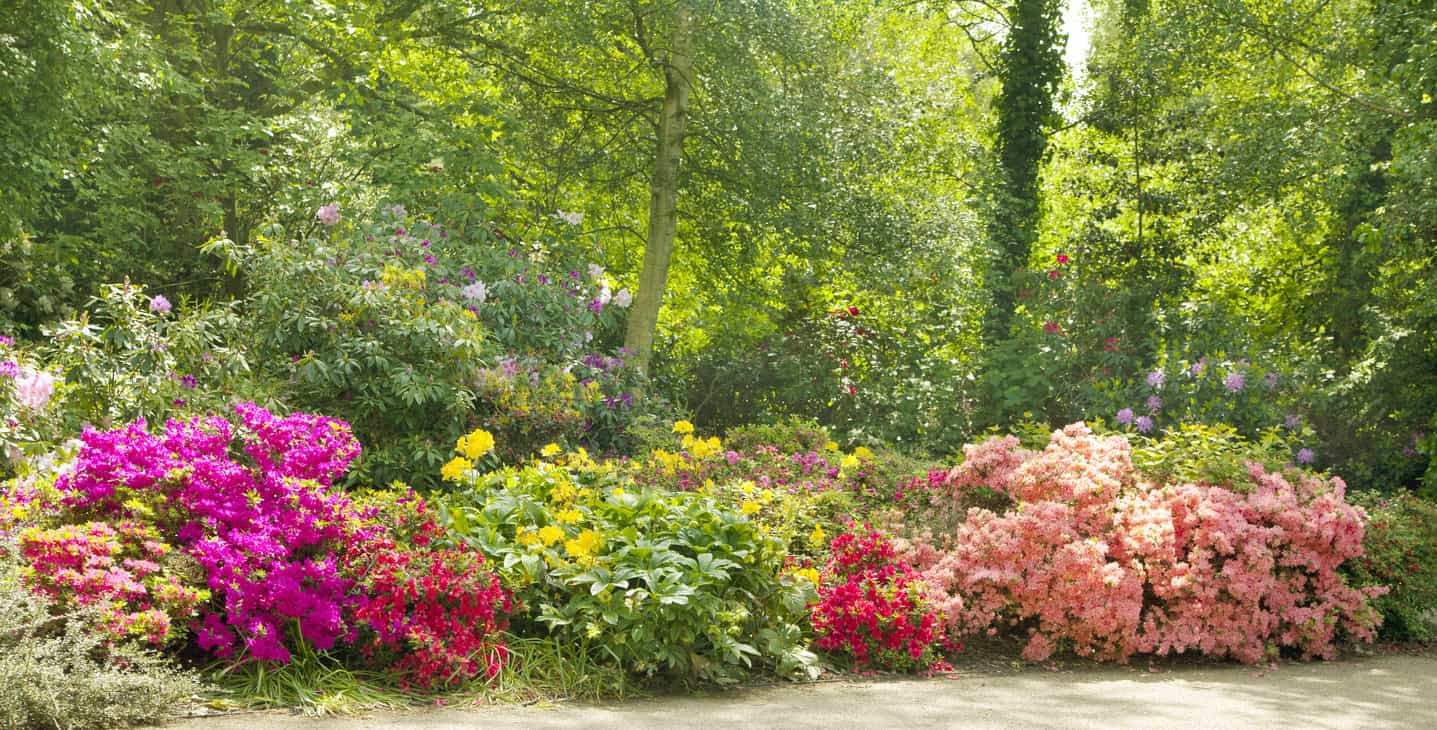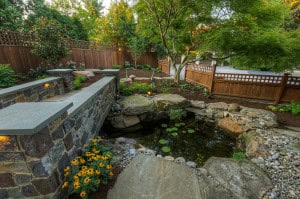
5 Tips on Keeping Fresh Landscape Installations Looking Great
January 2, 2018Did you have a landscape overhaul last season?
 Your new landscape may look spectacular for the first year, but it could revert to being lackluster shortly thereafter without pest control, plant feeding, and routine pruning.
Your new landscape may look spectacular for the first year, but it could revert to being lackluster shortly thereafter without pest control, plant feeding, and routine pruning.
A professional landscaping makeover can greatly enhance the value of any home. Keeping a freshly landscaped property well maintained is an art in itself. If you want your landscape to continue to flourish and look nice year after year, you will need to initiate a landscape maintenance plan.
The importance of maintaining your landscape plants and properly feeding, pruning and protected from extreme temperature and pests cannot be overstated. Now that you have invested in creating a beautiful outdoor environment, it is time to protect that investment.
After spending time and effort to make your yard look great you don’t want to drop the ball. Spot applications of weed and grass killer on the difficult to control weeds will take the worry out of maintaining your beds.
Here Are 5 Tips on Keeping Fresh Landscape Installations Looking Great:
1) Pruning: Many plants need pruning each spring in order to grow properly and to maintain their shape. When your plants have grown too much, cut the leaves so that it will not look cluttered and it will not get into other areas. Overgrowth can distract the look of your garden. Maintain them by cutting them whenever needed.
2) Divide and Conquer: Perennials will occasionally need to be divided and replanted to keep them healthy. Plants that return year after year usually come back bigger, but not necessarily better. If not pided, plants such as hostas or yuccas tend to flower less and take over.
3) Protect against Insects and Disease: All types of pests can feed on trees and shrubs in an ornamental landscape. Inspect your plants or have a professional identify which specific tree insects and mites are active or could be potential problems to your plants. Pests can be controlled using spray applications or soil injections.
4) Plant Feeding: You might be under the impression that plants gain the nutrients they need through sunlight and watering. While true to a certain degree, all plants have a basic need for nitrogen, phosphorous and potassium to ensure they will be as healthy as possible. Check out this article ‘Guide to Plant Feeding’
5) Fresh Mulch: Cleaning out plant beds and adding fresh mulch helps to protect plants from drought conditions and extreme temperatures.
Landscaping involves a balancing act between how plants look when they are freshly planted and how they will look full-grown. Patience and picking a location that will accommodate the full growth of a plant is good landscaping practice.